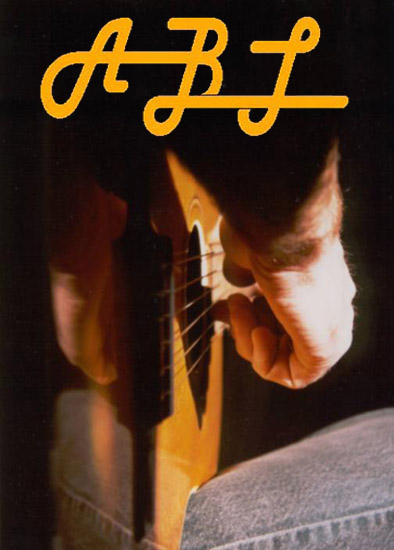Jazz PhilosophyA jazz trio is playing a gig at an upscale nightclub. They play a classic bebop tune at a fleet tempo with grace and ease. Then comes a Wayne Shorter composition filled with mysterious harmonies, poignant melodies and daring improvisations. Next they present a medley of lesser known Harold Arlen songs that only a connoisseur would recognize, again played with elegant styling and exquisite taste. The whole evening has been one dazzling performance after another. Though the trio is playing background music and not a formal concert, the audience can sense that the musical display they are witnessing is of such a high caliber that the musicians should be allowed to perform as they please without interference. Then a well-dressed middle-aged man approaches the bandstand and asks the pianist, "Can you play Lara's Theme from Dr. Zhivago?" The pianist tells the man that they are jazz musicians and that they usually don't take requests of that sort. The man reaches into his coat pocket and pulls out three one hundred dollar bills which he lays out on the piano. The pianist looks at the bass player and drummer and says "Lara's Theme in G." They play the tune in the fashion of the original version, the pianist emulating the Balalaika textures with a delicate upper register tremolo. The song obviously does not present the same level of difficulty that the trio is accustomed to dealing with. As the pianist plays, he absent-mindedly gazes at the soundboard of his ebony Steinway B and wonders about the grain in the wood."How would the tonal characteristics be altered if the grain of the soundboard ran perpendicular to the strings rather than parallel", he silently asks himself. The bass player amuses himself with an assortment of well-placed double-stops and harmonics. He daydreams as he looks at the top of his mid-nineteenth century double bass made by French master, Paul Claudot, and wonders, "How many times has the top been varnished? How did the varnish of past years differ from today's? How would the resonance properties be affected if there were no varnish at all?" The drummer gazes down onto the single ply, medium weight head of his 1950's vintage black oyster pearl snare drum and thinks to himself, "One, two, three, one, two, three, one, two, three...." {see Rock'n'Roll Philosophy} — contributed by Brandy
Herbert |


